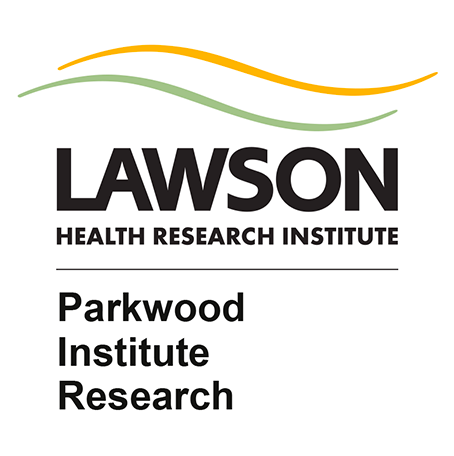PRIME: Parkwood's Program for Rehabilitation Innovations in Mobility Enhancement
The PRIME initiative has just wrapped up its first phase – a perfect time to summarize accomplishments to date and share next steps. PRIME is a flagship project of the R2P team and is a great example of what can happen when research, clinical and educational activities are integrated. This project involves therapists, researchers, and hospital administrators working together with persons with lived experience and students to develop enhancements to activity-based therapies (e.g., optimizing therapeutic intensity) in persons with acquired brain and spinal cord injury.
The ultimate objective of PRIME is to deliver the best possible therapy to the right person at the right time to achieve the best possible outcome.
What's Involved with PRIME:
Although PRIME is multi-faceted, the main activities to date have involved a very participatory approach with a small core team (Stephanie Cornell, Melissa Fielding, Stephanie Marrocco, Patrick Stapleton, Dalton Wolfe) as well as a larger community of practice involving mostly physical and occupational therapists from the acquired brain and spinal cord injury rehabilitation programs and administrators, patients and students. This group has developed and implemented a more standardized and systematic process of assessing standing and walking abilities as well as new models of care to enable inclusion of more advanced therapies such as robotic exoskeletons, robotic treadmill-assisted walking (Lokomat) and FES-assisted walking and cycling within daily therapy. Along with this, the team has developed methods for identifying and collecting information about the specific therapies that are conducted on each patient. This information is collected in a practice-based research trial (currently n=93) that will continue to amass data and form the basis of analytic models being designed to identify the most effective mix of therapies for given types of patients. Dr. Dan Lizotte (Dep’ts of Computer Science and Epidemiology & Biostatistics) and MSc student Nathan Phelps are currently exploring methods to test the viability of this approach.
Stephanie Cornell (SCI OP PT) (pictured in Figure 1), Stephanie Marrocco (PHD Student), Dr. Deena Lala (NTR PT) and Dr. Dalton Wolfe (Scientist) recently presented this work across 3 presentations and posters at the National SCI Meeting in October. This included data from a series of 30 patients to illustrate different ways to characterize walking outcomes in SCI patients from inpatient admission to discharge (See Figure 2) and also a model to characterize the different types of practices that are administered during a therapy stay (See Figure 3).
Figure 2: Sankey Diagram illustrating a way to characterize improvements in walking function (as indicated by an assessment called the Standing and Walking Assessment Tool). As patient progress from admission (left side) to discharge (right side) any improvements are represented by moving to the bottom of the chart. Most clinically significant is when patients improve by at least 1 stage grouping (e.g., from 1A,B or C to 2A,B or C). In this group of 30 patients, 26 showed at least some improvement.
Figure 3: Sunburst Graph illustrating a way to model the amount of different types and features of therapies delivered to patients across their inpatient stay. Different colours represent overall categories of therapies and concentric circles radiating out from the centre reflect different therapeutic features (partitioned by different sub-features).
Innovating Practice:
Unlike a traditional research approach, a key method within PRIME involves iteratively improving practice on the ground through the application of implementation science methods as this ambitious initiative evolves. As Stephanie noted in her presentation, this approach to integrated KT means the therapists are constantly reflecting on their practice and striving for constant improvement. Our whole team believes we are delivering better care with more thought to intensity and constantly improving outcomes using this approach. This spirit of innovation has led to generation of different models of care delivery that are currently being explored. Notably, by involving patients, students, volunteers and staff in thinking about more efficient ways to deliver therapy we have developed a new concept (termed Modules to Enhance Care or MECs) in which modules involving advanced practice bundles are scheduled at different times in group or individual formats with the capability to be “added on” to the traditional 1-1 therapy delivery model. Students have been especially helpful in enabling the MEC concept. (More info to come about these MECS in a future issue)
Next Steps:
- Implementation of the analytic models currently in development which will enable an easier way to document and analyze iterative improvements.
- Embedding this approach within an electronic decision support system that will also serve clinical functions such as report generation.
- Testing and further validation of this system – likely to involve introducing the PRIME system to other centres.
- Continued development and testing of the MEC model of care approach.



